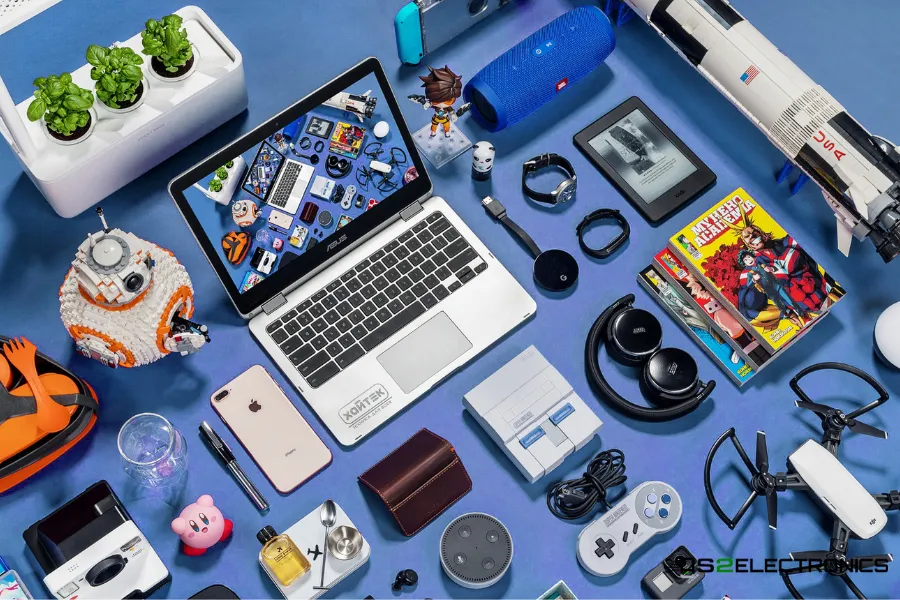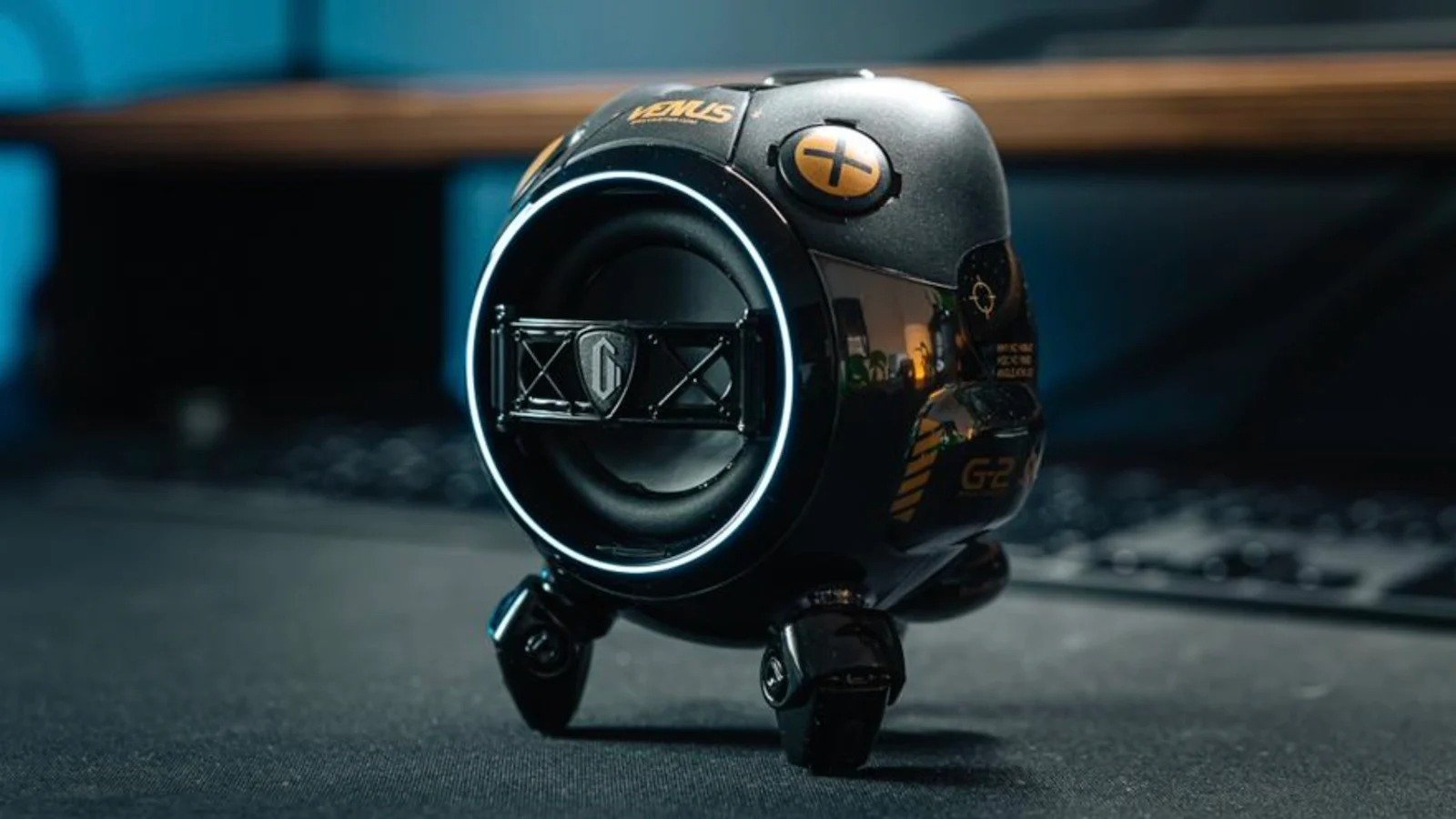In the digital age, gadgets have become an essential part of everyday life. From smartphones and smartwatches to AI-powered home assistants and advanced wearables, Europe has emerged as both a major consumer and innovator in the tech gadget landscape. The European gadget market is shaped by its highly educated consumers, strong demand for sustainability, growing tech startups, and regulatory frameworks that prioritize privacy and safety. This unique environment fosters a diverse ecosystem where technology thrives across industries and lifestyles.
The European Gadget Market: A Snapshot
Europe’s tech gadget market is one of the most advanced in the world. The region boasts a population of over 700 million tech-savvy individuals, many of whom are early adopters of smart technology. The continent is home to numerous global brands and startups specializing in electronics, smart devices, wearables, and home automation.
Major European cities like Berlin, Stockholm, London, and Amsterdam are hubs of innovation, hosting tech expos and attracting investment for cutting-edge gadget development. From health-focused wearables to eco-friendly devices, European consumers seek functionality, innovation, and ethical production.
Popular Gadgets in Europe
-
Smartphones
While global giants like Apple and Samsung dominate the European smartphone market, local brands such as Fairphone (Netherlands) have carved a niche by focusing on sustainability and ethical sourcing. Europe’s 5G infrastructure is expanding rapidly, increasing the demand for compatible, high-performance phones. -
Wearables
Fitness trackers and smartwatches are extremely popular among Europeans. Brands like Fitbit, Garmin (originally from Switzerland), and Apple Watch dominate this space. These gadgets not only track health metrics but also integrate seamlessly with other smart devices, aligning with the European lifestyle focused on wellness and productivity. -
Smart Home Devices
Smart speakers like Google Nest, Amazon Echo, and Apple HomePod are widely used across European households. These devices help automate lighting, security systems, and appliances, making homes more energy-efficient—a critical concern in energy-conscious Europe. -
E-Readers and Tablets
Europe has a high literacy rate and a culture that values reading and learning. Devices like Amazon Kindle, Kobo, and iPads are favored by students and professionals alike. Tablets are increasingly replacing traditional laptops in educational and business settings. -
Sustainable Gadgets
Europe leads in environmental awareness, and this has extended to gadgets. Solar-powered chargers, biodegradable phone cases, and energy-efficient devices are gaining popularity. Companies like Fairphone and Nothing are exploring modular and repairable gadgets to reduce electronic waste.
The Role of European Startups
Europe has a vibrant startup ecosystem, particularly in countries like Germany, Sweden, Estonia, and the UK. These startups are revolutionizing the gadget industry by developing innovative solutions in fields like:
-
Health Tech: Wearables that monitor glucose levels, heart rhythms, or even mental stress.
-
Green Tech: Devices that use renewable energy or focus on carbon footprint reduction.
-
Education Tech: Tablets and learning tools tailored to European school systems.
-
Mobility Gadgets: Electric scooters, e-bikes, and portable EV chargers for urban travel.
Companies like Withings (France), Nuki (Austria), and Elvie (UK) are examples of European ingenuity in health, smart home, and women’s tech.
Consumer Behavior and Buying Trends
European consumers are more conscious than ever of how and where their gadgets are made. Key considerations include:
-
Privacy: Due to strict regulations like GDPR, Europeans are cautious about data sharing. Devices with strong encryption and transparent privacy policies are preferred.
-
Sustainability: Eco-consciousness plays a major role in purchasing decisions. Many consumers choose brands that offer recycling programs and long-lasting products.
-
Quality Over Quantity: Unlike some markets that prioritize price, many European consumers are willing to invest in high-quality, durable gadgets.
-
Online Shopping: E-commerce is thriving, with platforms like Amazon Europe, MediaMarkt, and Coolblue making it easier to compare and purchase gadgets online.
Regulatory Influence
The European Union plays a critical role in shaping the gadget landscape. Policies focus on:
-
Right to Repair: New EU legislation encourages manufacturers to make gadgets repairable and spare parts accessible.
-
Universal Chargers: The EU has mandated USB-C as the standard charger to reduce electronic waste, directly impacting how devices are designed and sold.
-
Data Protection: Europe’s strict data laws require gadget manufacturers to prioritize user privacy and security.
These regulations ensure that gadgets sold in Europe are safer, more reliable, and better for the environment than in many other parts of the world.
The Future of Gadgets in Europe
The future of gadgets in Europe is focused on sustainability, AI integration, and cross-platform compatibility. Smart homes will become more intuitive, wearable tech will evolve into medical-grade devices, and gadgets will increasingly be designed with modularity and repairability in mind.
Europe’s ongoing investment in research and development, coupled with its educated and demanding consumer base, means it will remain a leader in both the consumption and innovation of gadgets. As environmental and social awareness continues to grow, European companies are uniquely positioned to lead the charge in creating ethical, high-performance tech solutions.
Conclusion
Gadgets in Europe represent far more than convenience—they reflect the values, lifestyle, and forward-thinking mindset of the continent. With a strong emphasis on sustainability, privacy, and quality, Europe continues to push the boundaries of innovation. From global tech giants to nimble startups, the European gadget scene is vibrant, diverse, and evolving—making it a fascinating market to watch in the years ahead.


